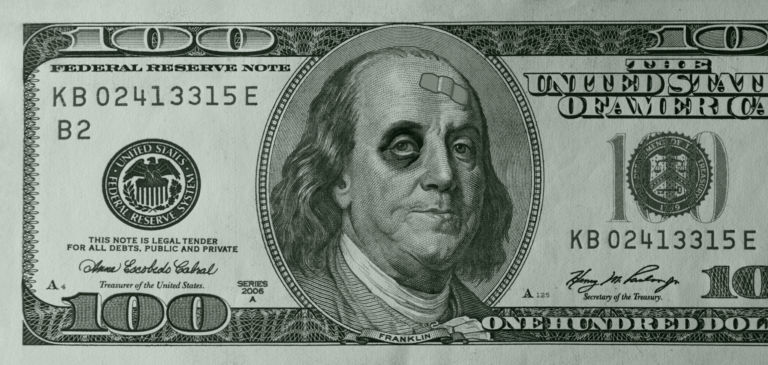Interest payments on the national debt is the fastest growing part of the federal budget and will surpass national defense and Medicare this year to become the second largest line item in the budget.
According to a release by the Committee for a Responsible Federal Budget:
Net interest has been exploding over the past few years, with payments rising from $223 billion in 2015 to $352 billion in 2021 before nearly doubling to $659 billion in 2023. In 2024, CBO projects net interest will total $870 billion …
At a projected $870 billion, interest will surpass total spending on national defense ($822 billion) in 2024 and grow well beyond the defense budget over time. Interest costs will also slightly exceed net Medicare spending ($851 billion) this year…
Bear in mind, this is just the interest being paid on the debt, not the principle of the actual debt itself.
Unsurprisingly, the record-setting interest payments are attributed to “a combination of higher interest rates and higher debt.”
The higher debt was especially ratcheted up beginning with the federal government’s massive deficit spending in response to Covid, which has continued at levels well over $1 trillion per year in the years since.
Locke Foundation CEO Donald Bryson recently wrote of the national debt as a “silent crisis,” warning that beyond the fiscal implications, “the skyrocketing national debt poses a significant national security threat due to its economic implications and the alarming concentration of debt in the hands of foreign entities.”
Now exceeding $34 trillion, the national debt has roughly tripled in just the last 20 years. To be sure, it is a bipartisan problem. The federal government’s debt now totals a quarter million dollars per taxpayer.
Deficit spending has become Congress’ favorite pastime.
Think government deficits and the national debt are a future concern just impacting our children and grandchildren? It certainly does, but the impacts of deficit spending are felt now, as well as the future.
Is your household budget stretched thin by skyrocketing grocery and utility bills? Costing more to fill up your tank? Getting crushed by inflation that costs an additional $11,400 per household just to maintain the same standard of living as three years ago?
Massive deficit spending, fueled largely by mad money printing, is to blame.
The national debt and deficit spending is not something to be kicked down the road until later. As Bryson wrote, “The consequences of inaction are too severe to be ignored, and the time to address this critical issue is now.”


